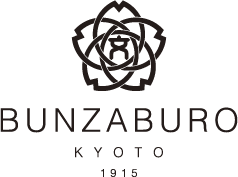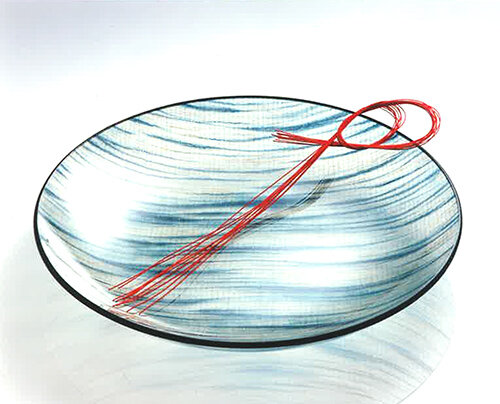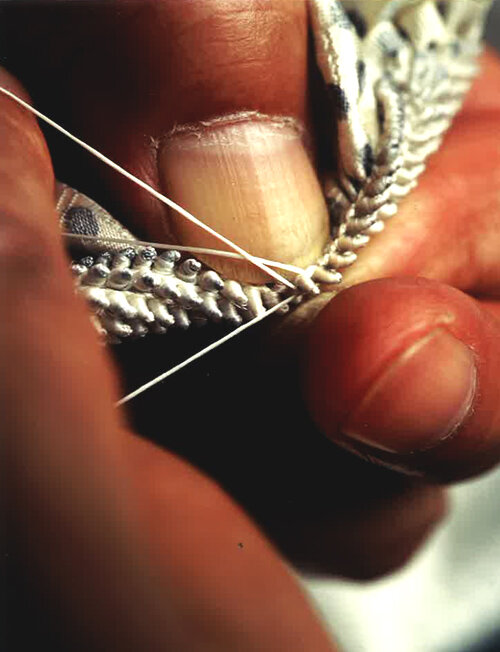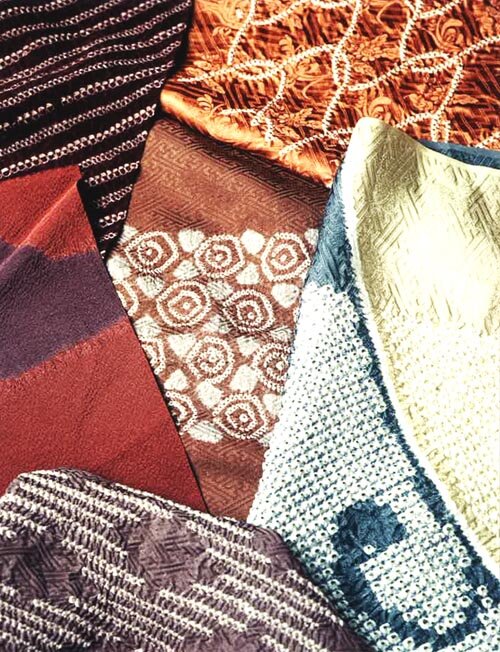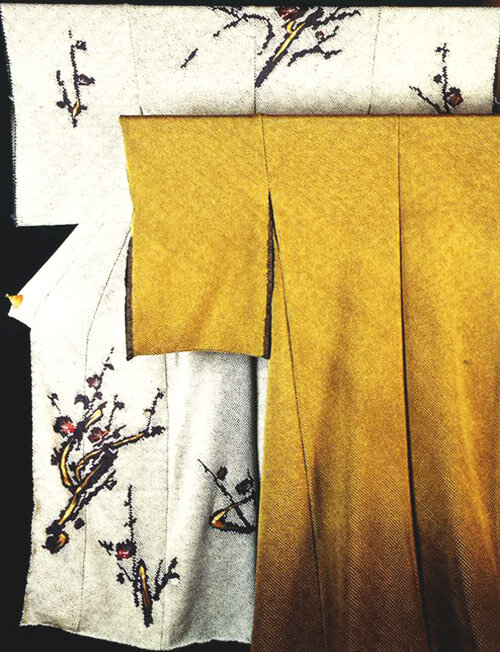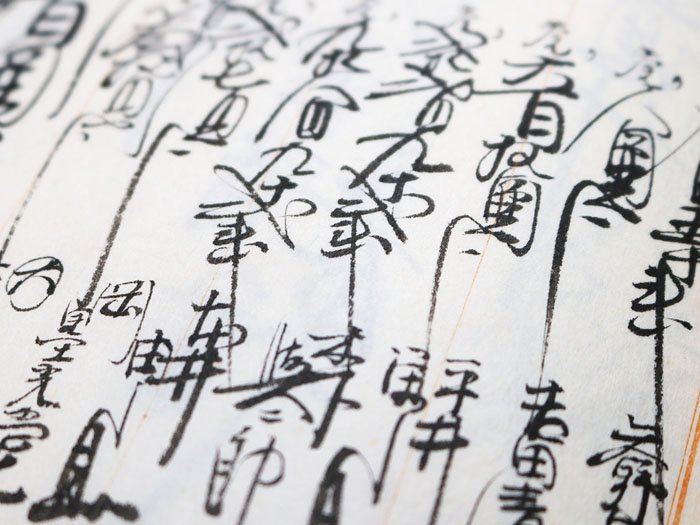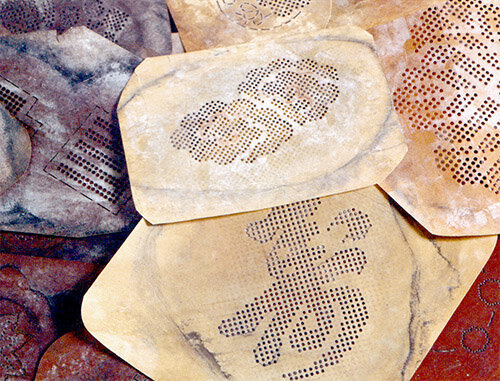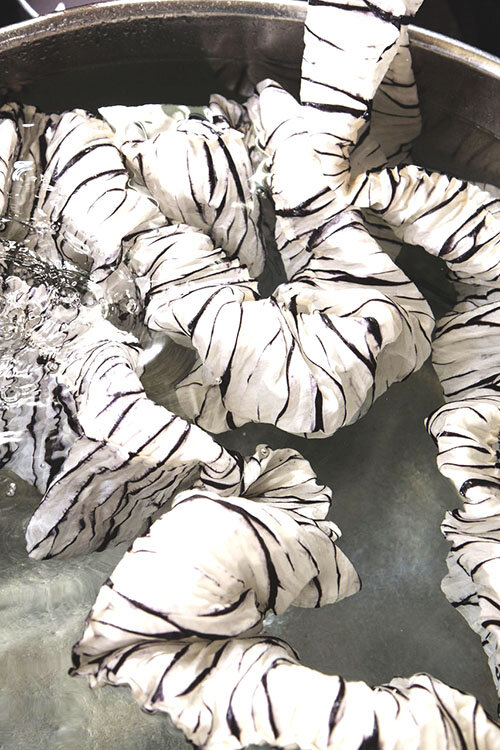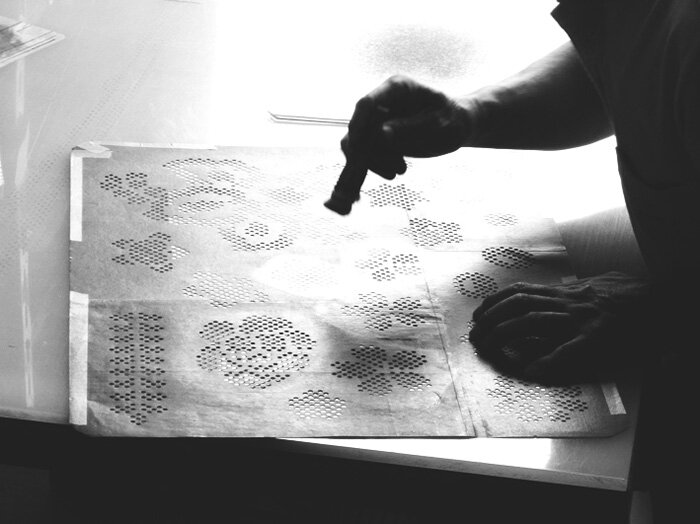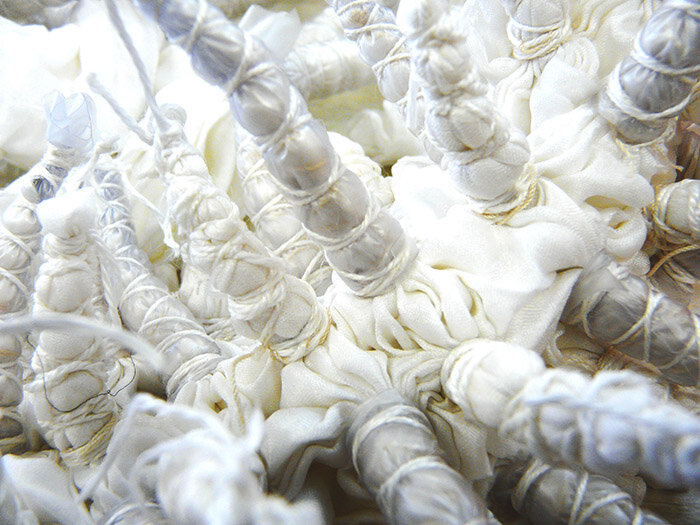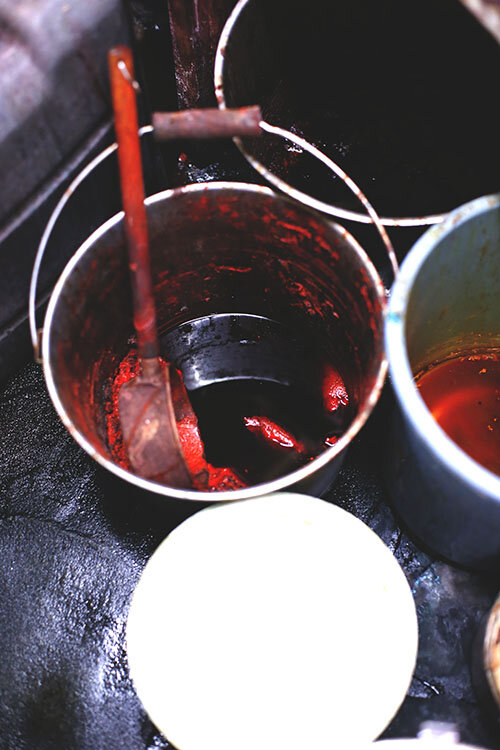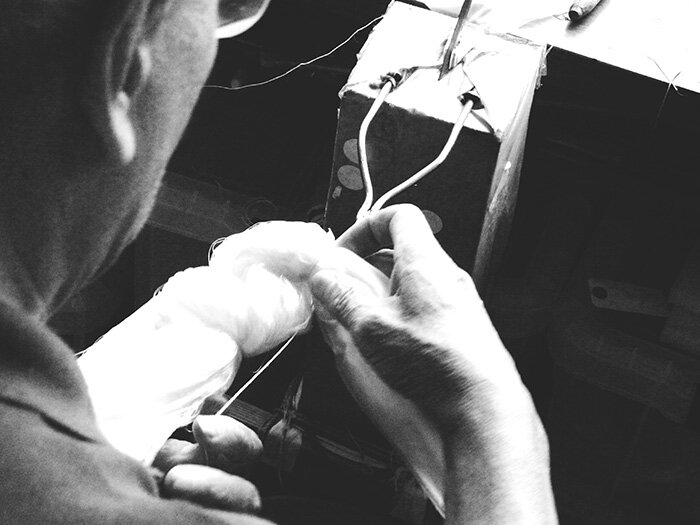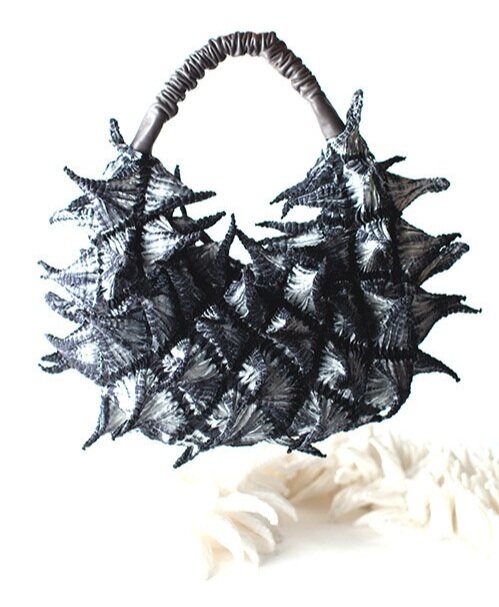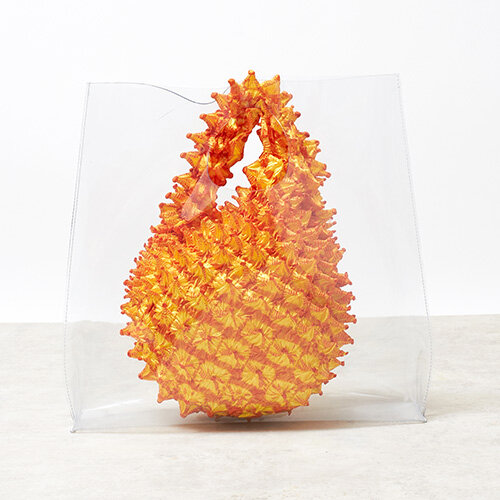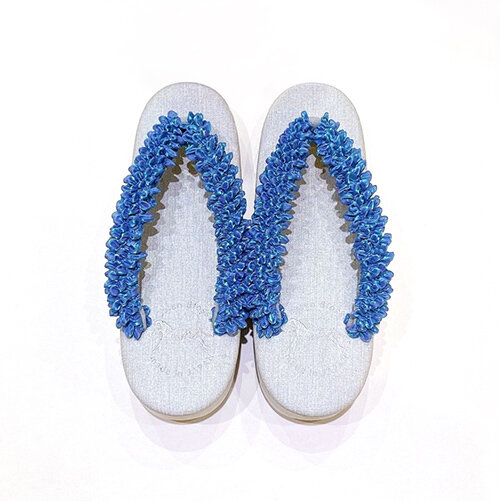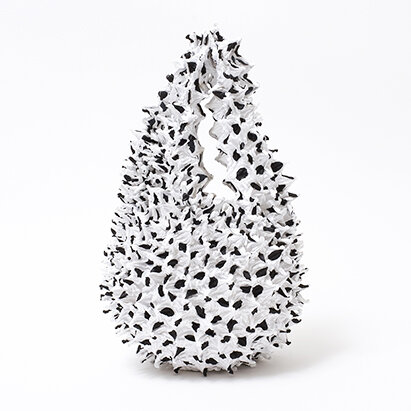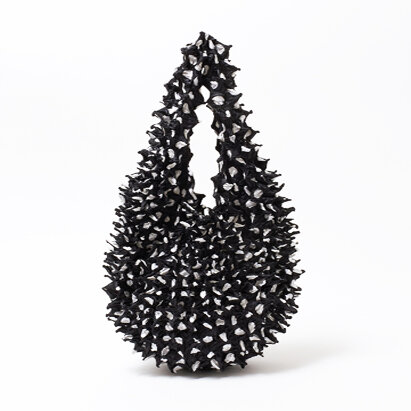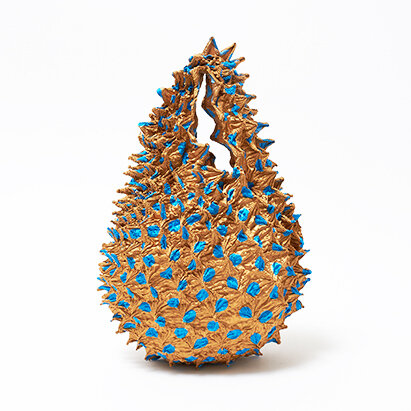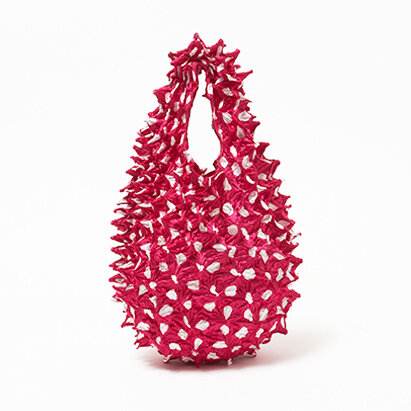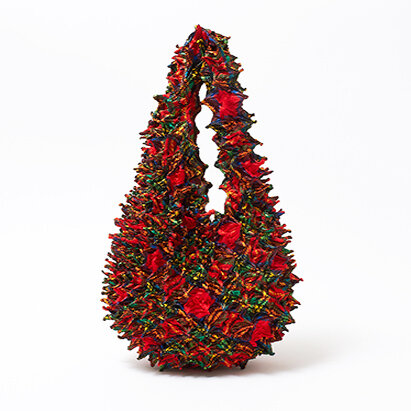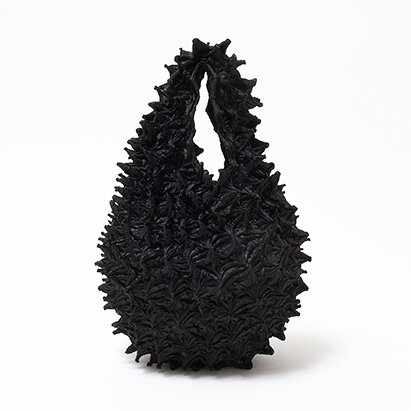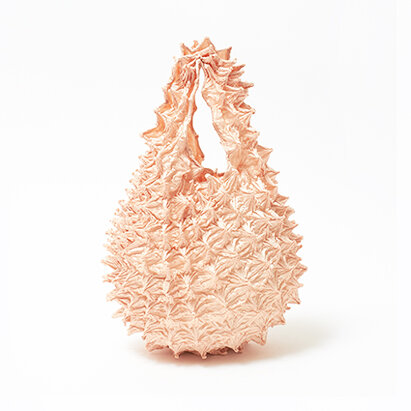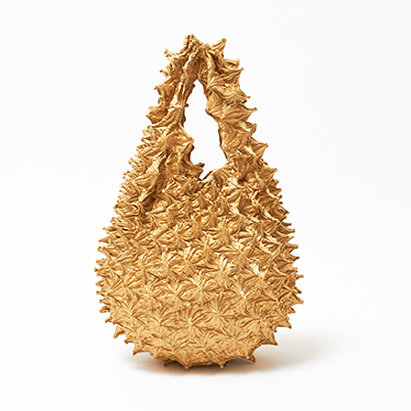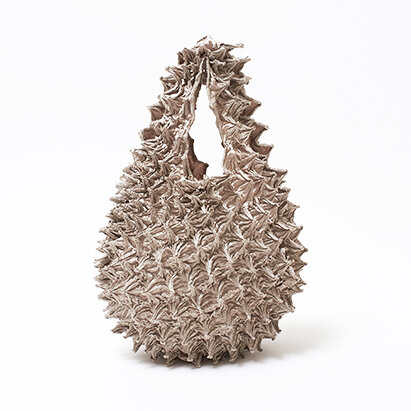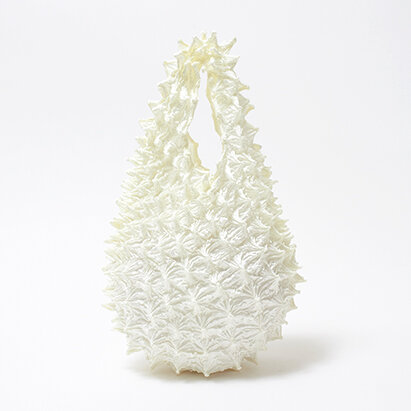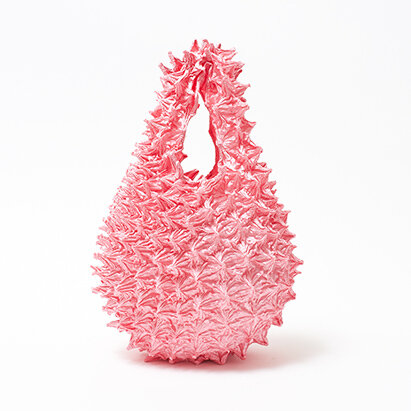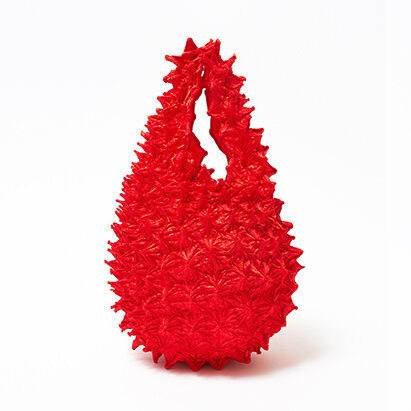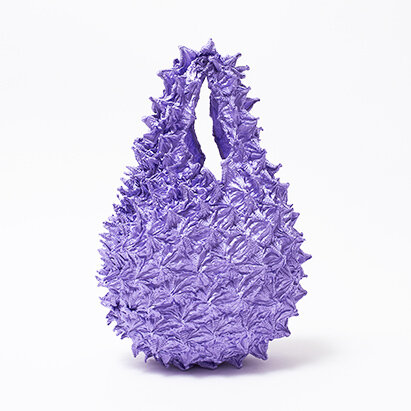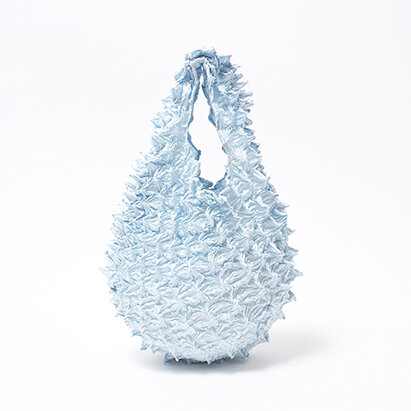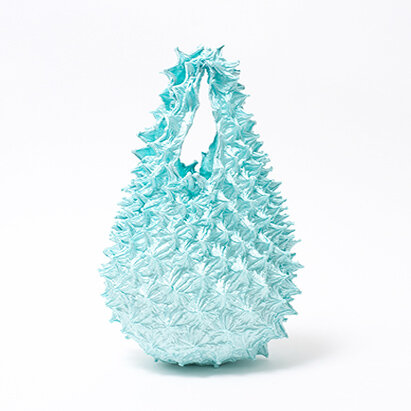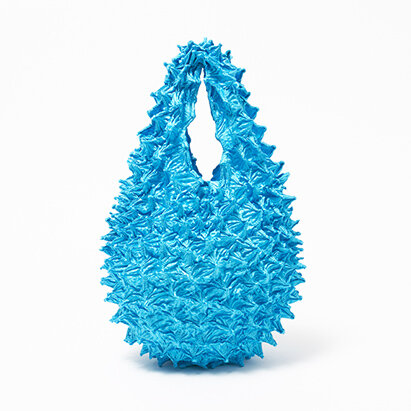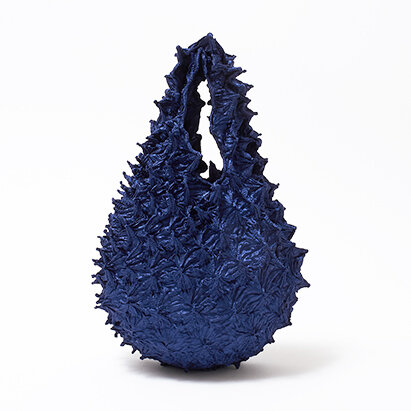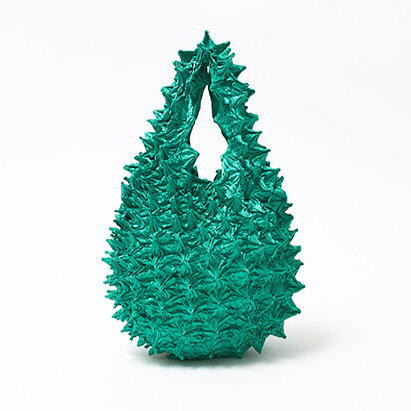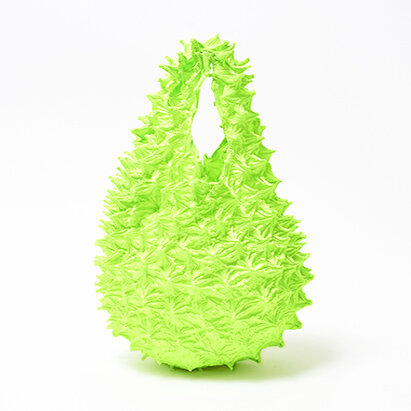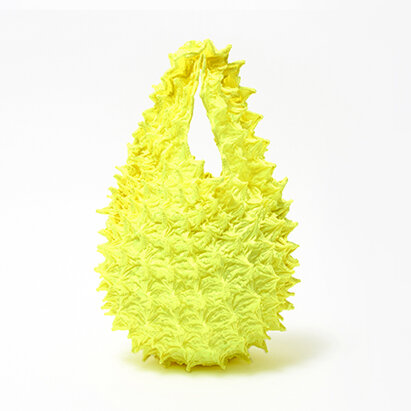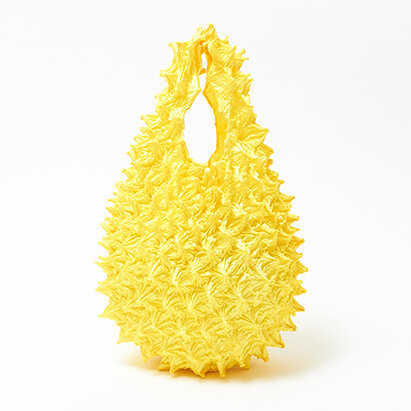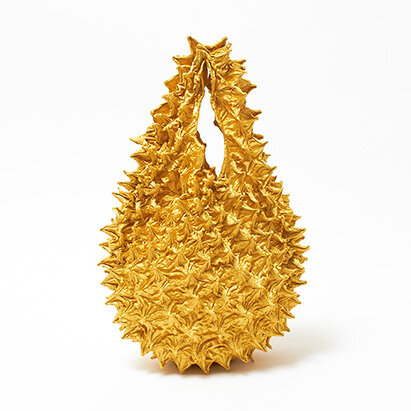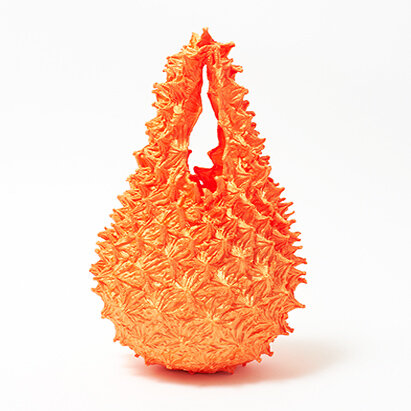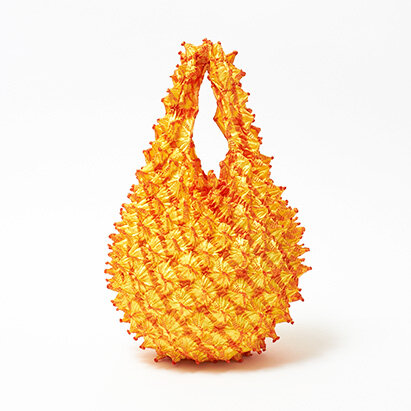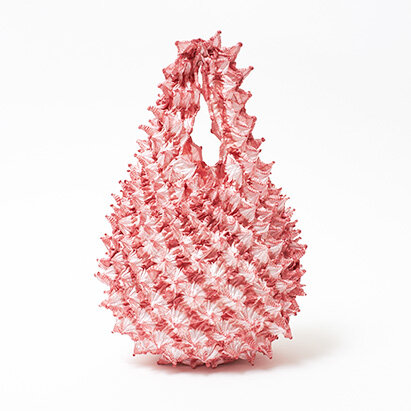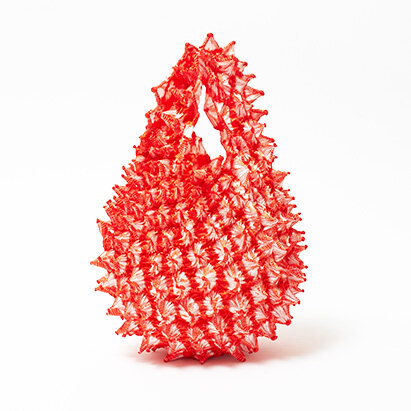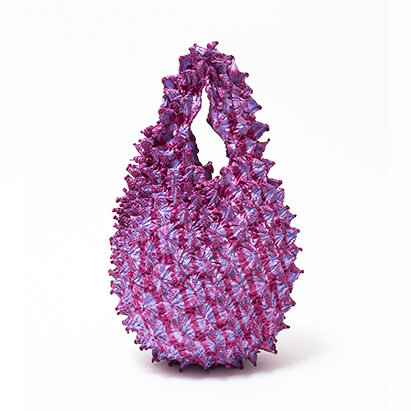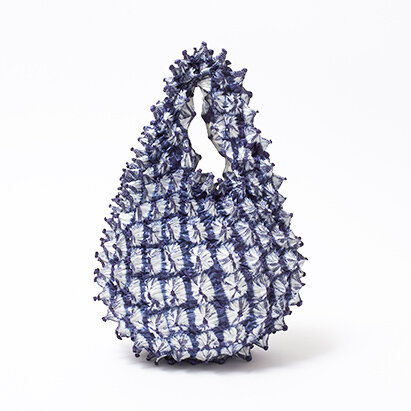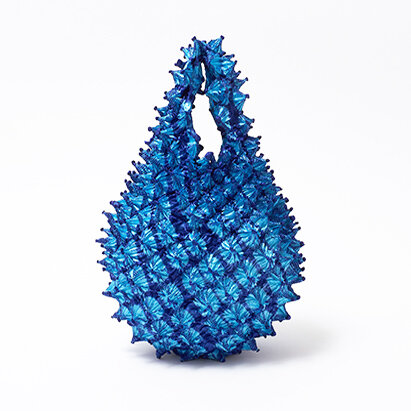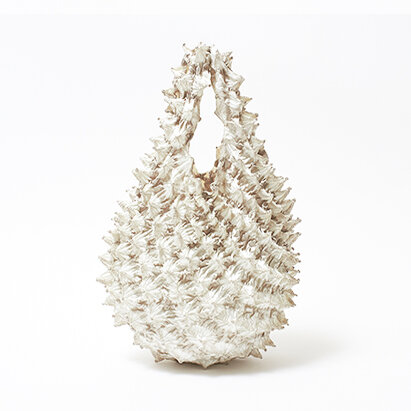100 YEARS OF TRADITION
ALWAYS WITH INNOVATION
Katayama Bunzaburo Shoten was founded by the first generation, Bunzaburo Katayama, in 1915 in Karasuma, Kyoto, as a kimono manufacturer specializing in tie-dyeing. Since then, the history of Katayama Bunzaburo Store has been one of constant innovation. The simple chic style which Bunzaburo specialized in was based on an aesthetic sense that was ahead of its time.
By the time the second generation, Fumio Katayama, came along, the company was aiming for a fusion of tradition and innovation to meet the changing lifestyles, and began to promote the appeal of tie-dye in fields other than kimono, such as interior design and fashion.
In many cases, logos are immediately recognizable and reflect a company’s philosophy and its services. What does BUNZABURO's logo, a five-petal cherry blossom with a letter of ‘’Bun” in the center, tells us?
The powerfully drawn cherry blossom pattern is the emblem of the Yuzen, one of Japan's best-known traditional dyeing technique which was originated in the 17th century. Our founder, Bunzaburo was trained by Yuzen group to become independent from his apprenticeship. In the Meiji era (1868-1912), it was common practice for kimono merchants to sell something different from Yuzen in order not to compete with the main line. However, cherry blossom pattern was handed over to the young beginners as a gift who were about to embark on the rough sea of business. Each of Bunzaburo's colleagues, who were divided into different franchise, added their own unique twists to the same cherry blossom pattern and used them as their logo.
There is no way to know now what Bunzaburo's training period was like, but it is said that the people around him called him by his nickname "BUNDON," which is easy to call in syllables. We can easily imagine how many people called him and how helpful he was during his training period. Without interfering symmetrical beauty of the cherry blossom emblem, Bunzaburo placed his ”Bun” letter casually in the center of the emblem, thinking of the importance of his severe and primitive training period along with the spirit of the Meiji people who respected and valued civility and beauty.
The signage of our main flagship store in Kyoto that reads "Katayama Bunzaburo Shoten" written in black calligraphy ink was originally written vertically by Bunzaburo, who was also an excellent calligrapher. Kazuo, the current president of the company, deconstructed each letter and rewrote them horizontally in the 2000's in response to his prediction for the globalizing market. Many of Bunzaburo's free-spirited characters can be seen in the old Daifukuchou, account books, of the time when company was founded. Bunzaburo's unhindered brushstrokes are truly fascinating - boldly as if dancing and has the expressive strength and powerful presence of words.
There is an anecdote about Bunzaburo that we heard through the grapevine. In autumn, he would work so hard picking up the fallen leaves from the painstakingly nurtured courtyard, but for some reason he always left the last leaf on the ground. When asked the reason, Bunzaburo replied, "Too clean is not beautiful.” There is a saying in Japan that the fish won’t live in the clear water.
By being a little ahead of his time, Bunzaburo succeeded in business with chic tie-dye kimono with few patterns. The letters he wrote express his pursuit of beauty above all else, and he is still watching over our BUNZABURO.
ENCOUNTING TRADITIONAL TECHNIQUES
The word "Shibori" means "to cross the thread. The bottom of the crossed threads is "not dyed". Tie-dyeing is an extremely simple dyeing technique that has been practiced since ancient times, in which threads are tightly wrapped around the fabric to prevent dyeing.
INCORPORATE INTO FASHION,
INTO WEARABLE ART
Since the third generation, Kazuo Katayama, took over the business in 1992, he has further accelerated the creation of products that fuse modern fashion and art, while preserving his mission as a bearer of tradition by reprinting the Honza Kanoko Shibori technique, which had been discontinued since the Edo period. For example, he has not stretched out tie-dyeing, which was originally used to enjoy the patterns, but now he shows it as a unique form and dares to use the back side of the fabric as the front side. He creates scarves and fashions by making use of the large, protruding form of the tie when the thread is untied. It is proposed as "Wearable Art" where the wearer can become an artistic being. Surprise and joy coexist there.
CONNECTION

“SHIBORI“, A TRADITION CONNECTING THE PAST AND THE FUTURE, AND BINDING GENERATIONS AND CULTURES TOGETHER
We propose Shibori, an ancient Japanese traditional technique, in modern life. We believe that it is also important to transmit and connect valuable things to the next generations and to the world, and we are actively working to expand our business overseas.
For inquiries regarding oversea business development, please contact us through the form.
STORES
KATAYAMA BUNZABURO SHOTEN KYOTO FLAGSHIP STORE
221 Hashibenkei-cho Takoyakushi Karasuma Nishi
Nakagyoku, Kyoto 604-8151
open 10:00-18:30
・No regular closures.There are irregular closures for the New Year's
and during the summer. We announce them on Instagram.
GINZA MITSUKOSHI STORE
In Japan Edition, 7F, Ginza Mitsukoshi Department Store
4-6-16 Ginza, Chuo-ku
Tokyo, 104-8212
ONLINE STORE
